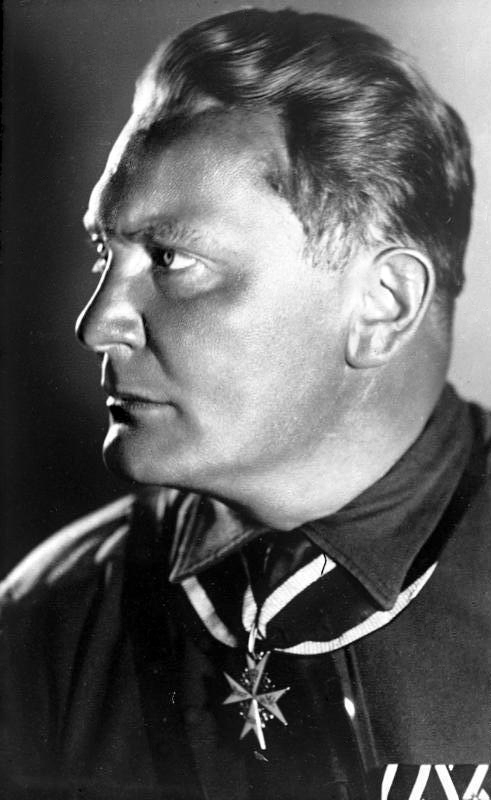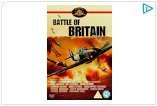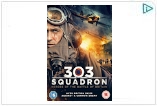Hitler’s plan to invade Britain, code named operation ‘Sea lion’, was to launch a seaward attack using invasion barges to land on the beaches of Sussex and Kent and to succeed he needed to control the English Channel.
This meant that the Royal Air Force Fighter Command, commanded by Sir Hugh Dowding, had to be defeated by the Luftwaffe.
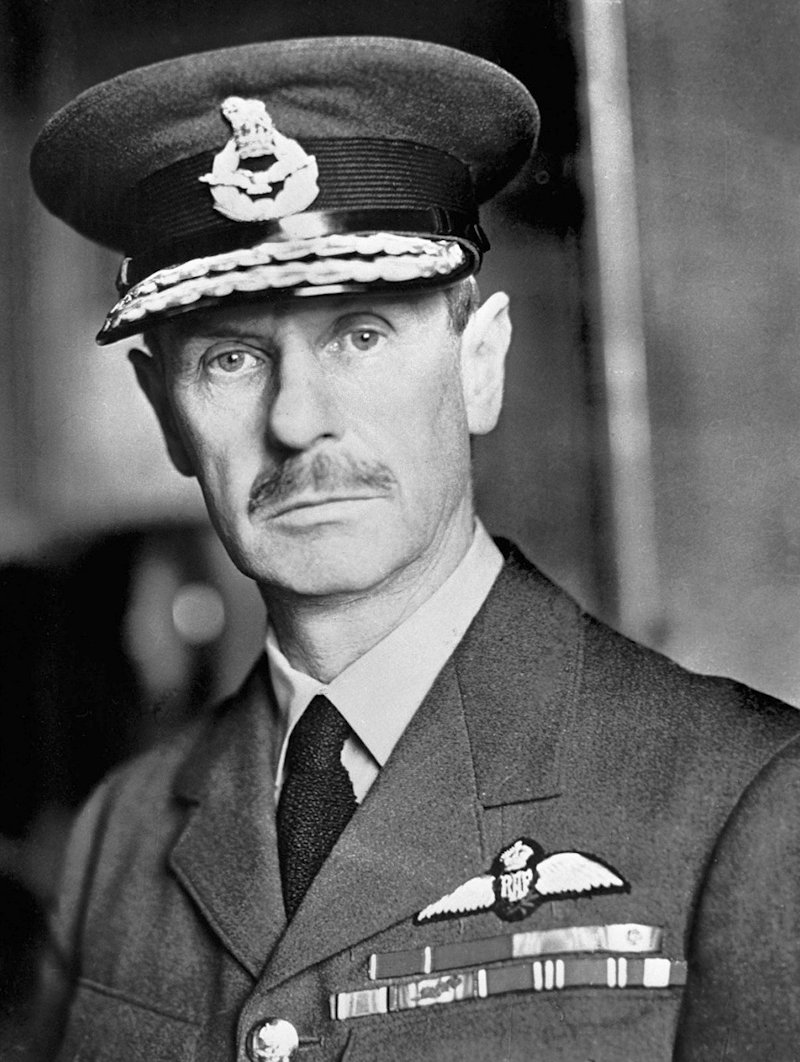 |
|
| Air Chief Marshal Sir Hugh Dowding. Wikipedia |
The primary aircraft used in the Battle of Britain were the Supermarine Spitfire and The Hawker Hurricane of the RAF and the Messerschmitt Bf109 and Junkers Ju87 ‘Stuka’ dive bombers of the Luftwaffe.
At the start of the Battle of Britain the Luftwaffe had 2,500 serviceable aircraft and the RAF only had 660 serviceable aircraft, the weakness in the RAF being a lack of trained pilots who had been killed in the recent hostilities in the war in France and had not been replaced.
Even though outnumbered, the RAF had advantages over the Luftwaffe such as Radar and over a 1000 Royal observer corps posts.
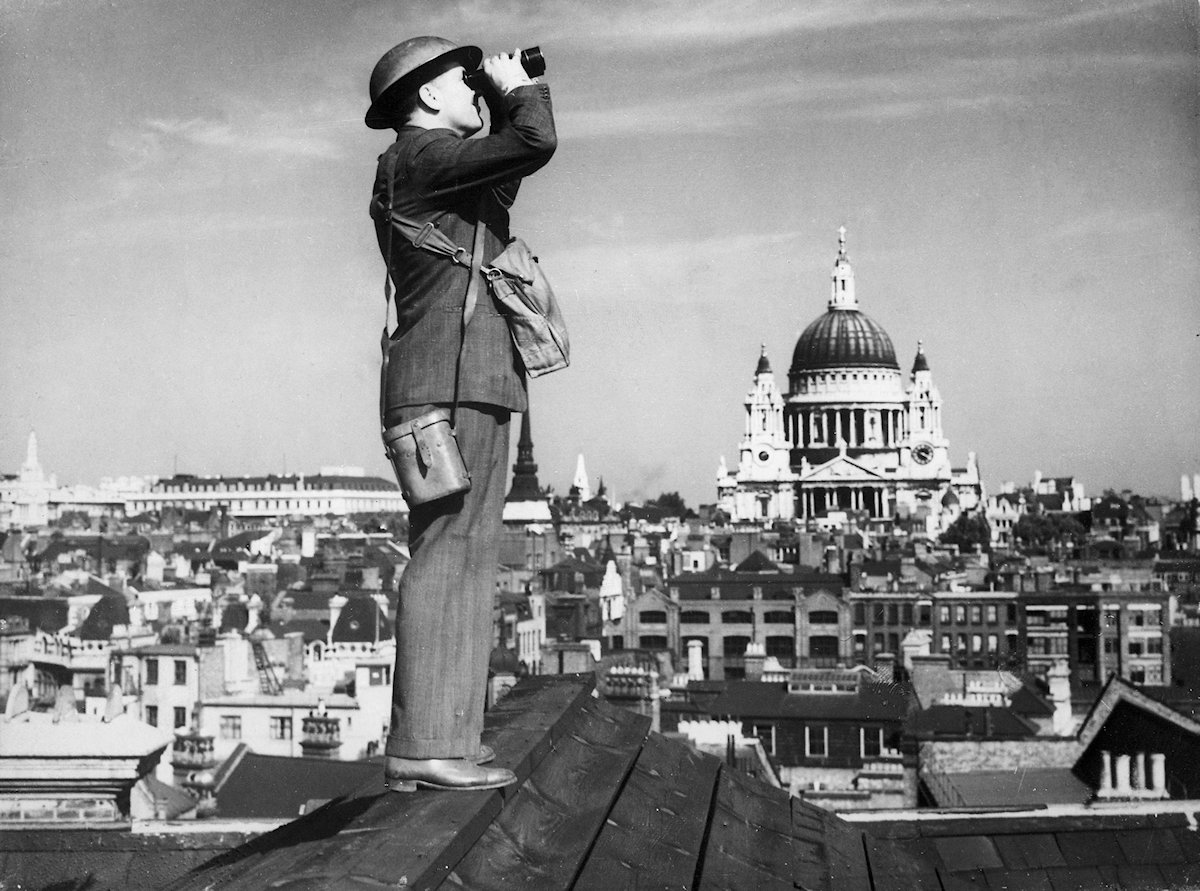 |
|
| An Observer Corps spotter scans the skies of London. Wikipedia |
The RAF also had less distance to travel to the battle zone therefore more time could be spent in combat.
The RAF aircraft could also be quickly rearmed and re-join the battle and RAF pilots who had to bail out or make forced landings could do so over friendly territory and be able to return to their squadrons. Any Luftwaffe aircrew that had to bail out were likely to be made prisoners of war.
Due to the limited range of the German fighters and the distance they had to fly, their bombers had minimal air cover which left them vulnerable to British fighters once the fighters had to return to their base.
The Battle of Britain commenced on the 10th July 1940 with the Germans attempt to achieve control of the Straits of Dover. The tactic of the Luftwaffe was to provoke the RAF into a full scale air war which by the end of July saw the RAF loose around 150 aircraft and the Luftwaffe around 270 aircraft.
During August 1940, Goring’s attention turned inland to the RAF’s airfields, operations rooms and the crucial Radar stations which gave the RAF early warning of the Luftwaffe’s raids.


